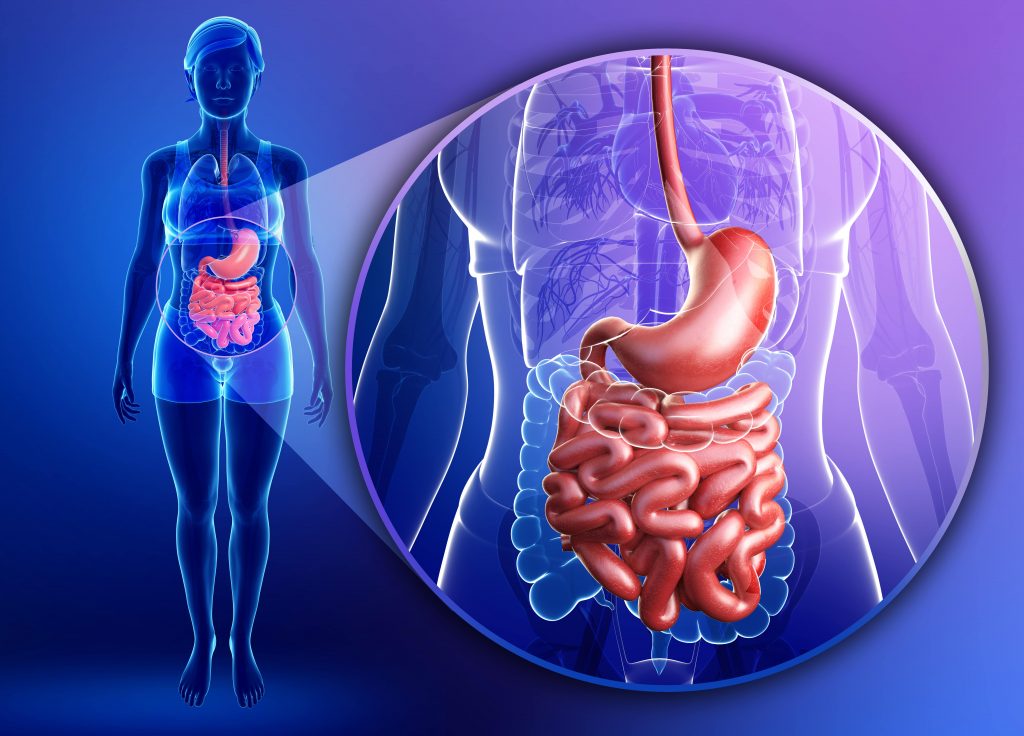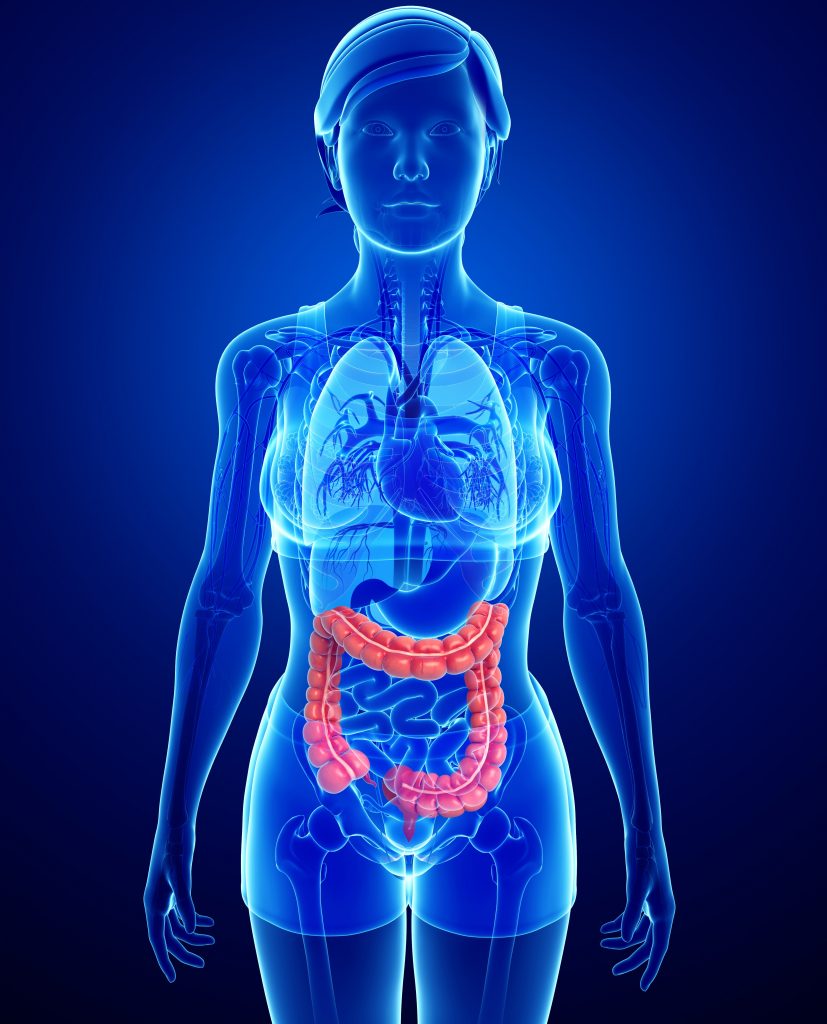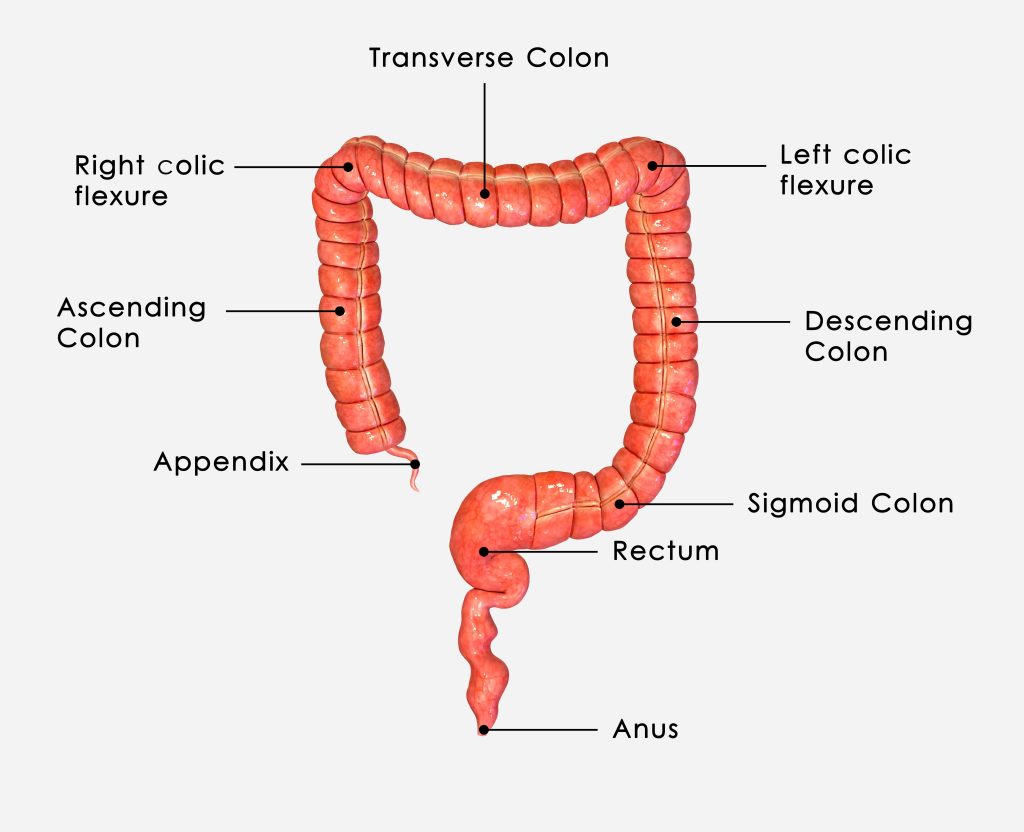So, I know what you might be thinking, why in the world do I need to know about alimentary canal organs and how my digestion works? Well, it is YOUR body! Shouldn’t you know what happens to the food you put in your mouth? Furthermore how it’s processed by your body?
Alimentary Canal Organs And The Digestive Process
The process of digestion starts in the mouth and buccal cavity. This is where large pieces of food are broken down mechanically by your teeth. Here, saliva is secreted by the salivary glands which are located on the lower jaw, between the tongue and teeth.
Saliva softens the food, making it easier for ingestion. It also helps break down starches to sugar. Once the swallowed food passes into the esophagus, the food is moved down the digestive tract by peristaltic muscular movements into the stomach.
Next, the food mixes mucus and stomach acids, secreted by the inner lining of the stomach. This step is responsible for killing bacteria in the food and breaking down proteins and carbs into simpler substances and usually takes an average of two hours.
The broken-down substance then continues through the digestive tract where it enters the small intestine.

Function Of Small Intestine
Your small intestine are a highly coiled structure that stretches about 20 feet long and is divided in 3 parts:
As it receives food from the stomach, digestive enzymes, such as bile produced by the liver, breaks down fats. At the same time, pancreatic juices produced by the pancreas, break down proteins and carbohydrates.
The inner wall of the small intestine is covered by hair-like organisms (microvilli) that help food be absorbed which takes an average of 3 hours. Next, undigested food enters the large intestine.

Function Of Large Intestine
Spanning about 5 feet in length, the large intestine contains 3 parts:
Food generally spends around 19 hours in the large intestine—far longer than in the small intestines! There, the food mixes with mucus and bacteria that live in the large intestine to begin the formation of fecal matter.

Function Of The Colon
Another important step takes place in your colon as it absorbs most of the water and remaining vitamins and minerals. The 4 sections of your colon include:
- Ascending
- Transverse
- Descending
- Sigmoid
Furthermore, the bacteria present in your colon are responsible for producing some of the vitamin B’s and K which turn unabsorbed carbs into:
- Methane gas
- Carbon dioxide
- Hydrogen
In addition, the large intestine flora is responsible to ferment soluble fibers. Producing approximately 20 to 30 grams per day of the short-chained fatty-acids (SCFA):
With a ratio of 3:1:1, 95% can be absorbed and the remaining 5% excreted. In fact, it is estimated that about 5% – 10% of total body energy comes from SCFA’s.
Lastly, the fecal matter reaches the rectum and triggers what is called, ‘the defecation reflex’. In other words, the urge to go the bathroom. It is here where the fecal matter exits by the anus and what we commonly refer to as a bowel movement.
So there we go, the complete role of alimentary canal organs and the digestive process, from top to bottom!
For more information be sure to click on the following links:
Dr. Nathalie Beauchamp, B.Sc,. D.C.
Dr. Nathalie Beauchamp, B.Sc., D.C. is an Ottawa based chiropractor, a former professional natural figure/bodybuilder, a wellness consultant, lecturer and TV personality. She is the co-author of the published book—Wellness On The Go: Take the Plunge- It’s Your Life! and the author of the upcoming book Hack You Health Habits, scheduled to be released in the summer of 2017. She is the owner of Santé Chiropractic and Wellness Centre and the founder of the annual Ottawa Wellness Expo a community based event that gathers over two thousand people in Ottawa each year. Dr. Nathalie’s mission is to lead, educate and empower people to be the healthiest and best versions of themselves.

